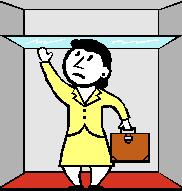Paying College Players? The Proposal - Volume 2
A brief recap of the rules and decisions faced by the young men who leave high school and become college athletes is in order. Current Rules One and Done rule in basketball. The NBA controls this, not the NCAA. The NBA has a rule that a prospective player is required to be one year out of high school and at least 19 years of age to enter the NBA draft. The National Hockey League and Major League Baseball allow a player to enter their league once they turn 18 years old. However, MLB has a rule that once a player enrolls in a four year college they become ineligible to enter the MLB draft until their junior year or are at least 21 years old. Junior college players, regardless of how many years of school remain eligible to enter the draft. The National Football League (NFL) requires that a player be three years removed from high school before being eligible for the Rookie Draft. This necessitates that a player show off their skills at the collegiate level. This h




